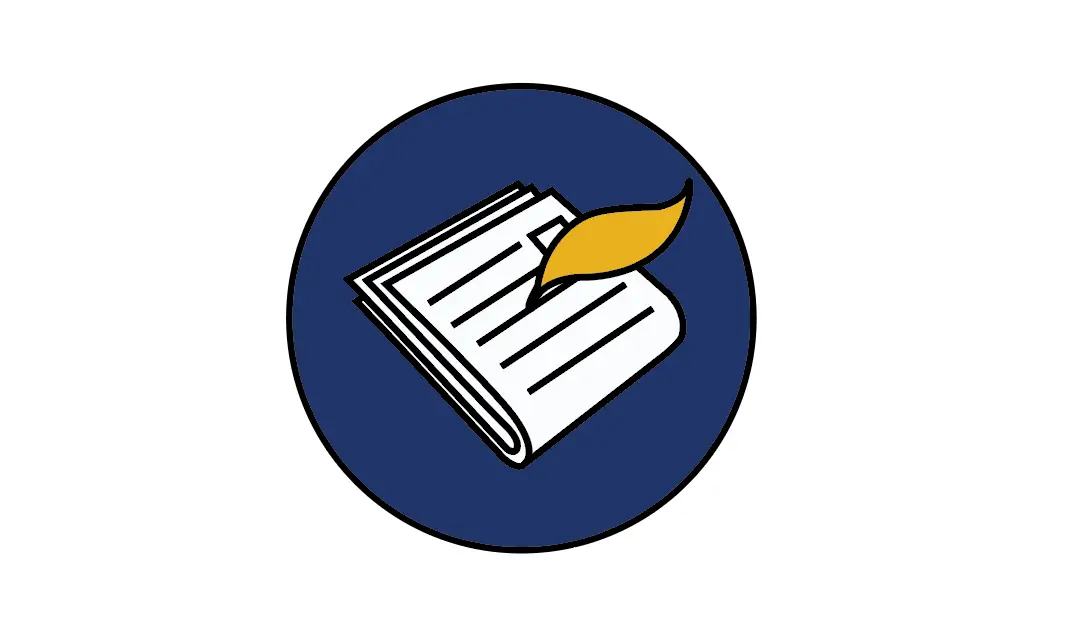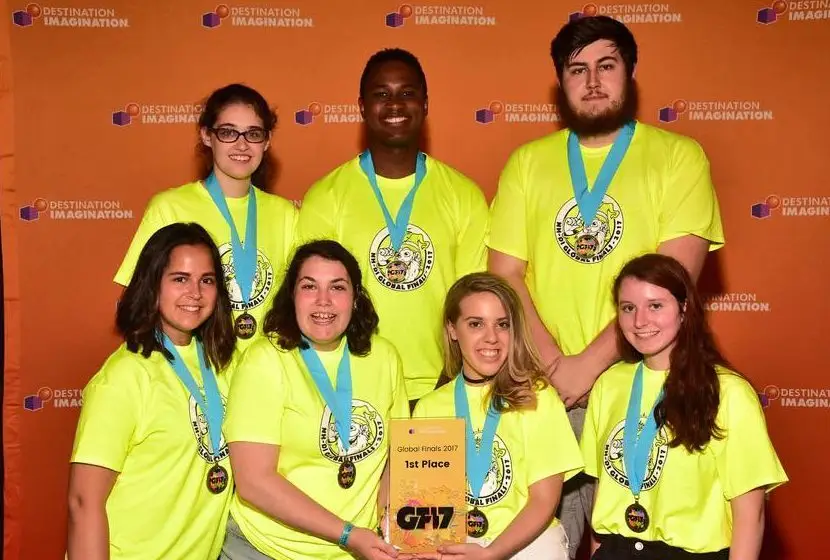In Boston, Massachusetts on Mar. 18, 1990, St. Patrick’s Day festivities were still going strong at midnight when two Boston police officers rang the side doorbell to the Isabelle Gardner Museum.
Although no one was allowed in after closing, these police officers claimed they were at the museum to investigate a disturbance. The two guards on duty that night, one of whom was on his first night of the job, didn’t see anything wrong with letting the officers in.
That is until the officers revealed they weren’t Boston police officers and tied up the two guards with duct tape before throwing them in the basement.
A collection of artwork worth 500 million dollars collectively was stolen that night: the largest art theft the world has ever seen. The case remains unsolved; this only leaves 25 years’ worth of conspiracies in place of an answer.
Stephen Kurkjian, three-time Pulitzer Prize winner and an investigative reporter, came to Southern New Hampshire University’s (SNHU) Walker Auditorium on Wednesday, Nov. 30 at 2 p.m. to share his thoughts on the heist.
Kurkjian followed the Gardner case for 10 years as a reporter for the Boston Globe. After speaking with the federal authorities, the guards on duty that night, and some of Boston’s most notorious criminals, Stephen Kurkjian wrote a book on his Isabelle Gardner Museum theory.
Myles Connor was arrested after he and his gang tried to sell stolen artwork from the Museum of Fine Arts to an undercover cop. Connor told the federal authorities that he can get the art back in exchange for freedom. The authorities agreed and Myles gave them the painting. He ended up getting extra time in jail for the stolen art, but a myth started in Boston’s underworld that in exchange for stolen artwork, criminals are given a “get out of jail free” card.
This myth is the basis for Kurkjian’s theory that the art was not stolen to be resold or for personal reasons; rather, it was stolen to get someone out of a jail sentence. The question is, who was trying to strike a deal with this artwork?
After 25 years, the case has gone cold. Kurkjian and the authorities have different suspects, but he said that both lists include a lot of people who have passed on.
When asked whether or not he thought the paintings were ruined or gone by an attendee, Kurkjian explained that the facts tell him they are gone, but his heart says they’re still out there and could be found.
“If this [stolen art] was something from the 2004 World Series, Boston citizens would be out on the streets with torches and pitchforks,” Kurkjian joked.
He believes the best way to get more tips on the stolen art is to find a way to connect with the people of Boston. According to him, people should have taken this crime more personally. “These paintings were supposed to inspire our children and our grandchildren. Someone took that away from them,” Kurkjian said.
More information on Stephen Kurkjian’s theory and the History of the Isabelle Gardner Museum can be found in his book, “Master Thieves: The Boston Gangsters Who Pulled Off the World’s Greatest Art Heist.”




